Home>Home Appliances>Laundry Appliances>When Was The Washing Machine Invented In 1920
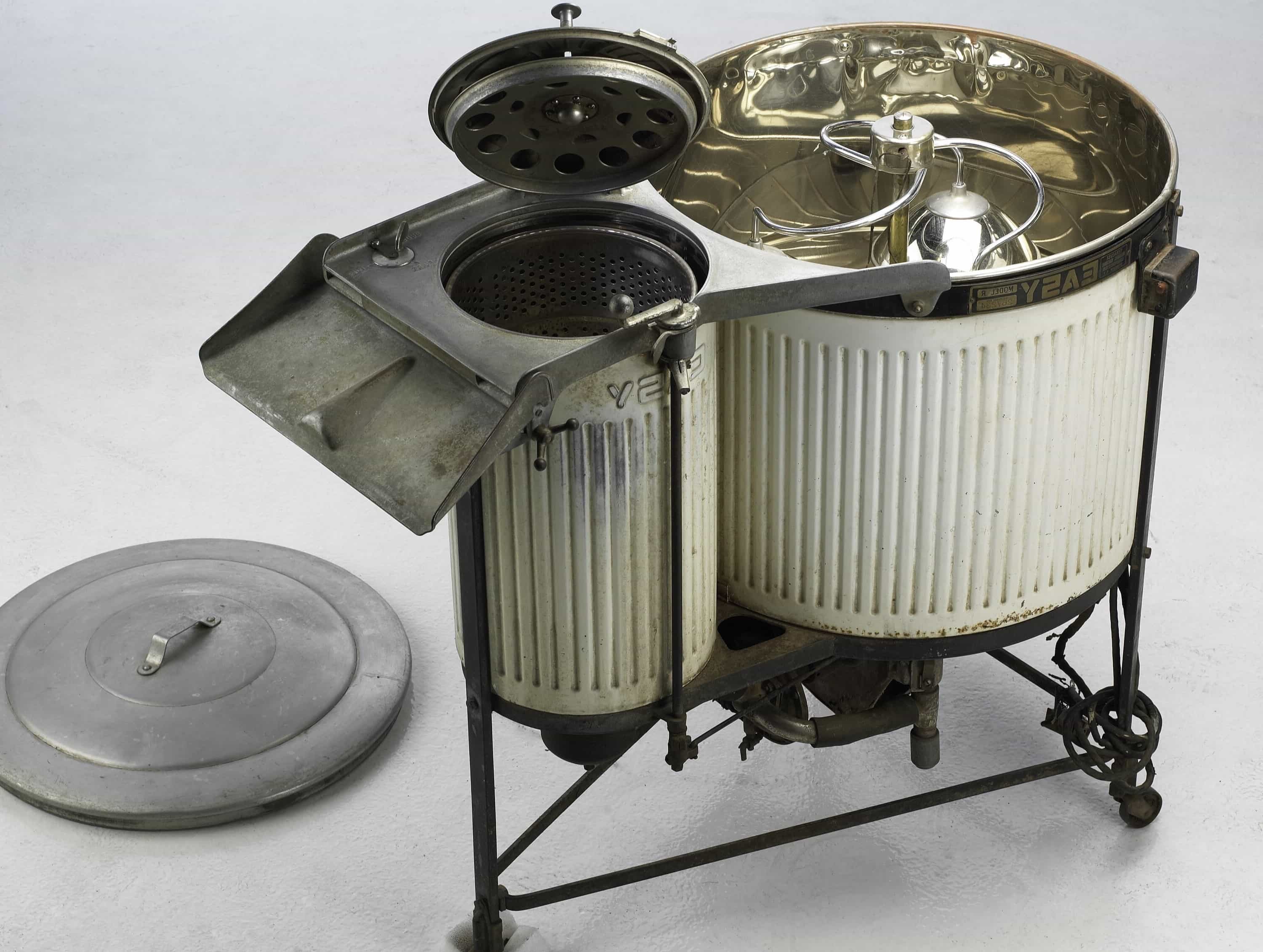

Laundry Appliances
When Was The Washing Machine Invented In 1920
Modified: August 26, 2024
Discover the history of laundry appliances and the invention of the washing machine in 1920. Learn about the evolution of laundry technology. Explore more at [Your Website Name].
(Many of the links in this article redirect to a specific reviewed product. Your purchase of these products through affiliate links helps to generate commission for Storables.com, at no extra cost. Learn more)
The Invention of the Washing Machine
The invention of the washing machine revolutionized the way people approached laundry and household chores. Prior to its creation, the task of washing clothes was a laborious and time-consuming process, typically done by hand. However, the introduction of the washing machine in the 1920s marked a significant turning point in the history of domestic technology.
The first electric-powered washing machine was invented in 1908 by Alva J. Fisher. This early model, known as the Thor, was a drum-type washing machine that offered a more efficient and convenient alternative to hand washing. Its introduction paved the way for further advancements in laundry technology, ultimately leading to the modern washing machines we use today.
The Thor washing machine was a game-changer, as it significantly reduced the time and effort required to clean clothes. This innovation not only transformed the way households managed their laundry but also had a profound impact on the role of women in the home. With the introduction of the washing machine, women were able to devote more time to other pursuits, contributing to the changing dynamics of domestic responsibilities.
The invention of the washing machine also had broader societal implications. It not only improved hygiene and sanitation by ensuring cleaner clothes but also contributed to the overall well-being of individuals and communities. The availability of a more efficient and effective method of doing laundry helped elevate living standards and promote a healthier environment.
In summary, the invention of the washing machine in the 1920s represented a pivotal moment in the history of household technology. Its introduction revolutionized the way people approached laundry, significantly reducing the time and effort required to clean clothes. This innovation not only transformed domestic responsibilities but also had far-reaching implications for hygiene, sanitation, and overall well-being.
Key Takeaways:
- The washing machine, invented in the 1920s, revolutionized laundry, saving time and effort. It also changed societal dynamics, allowing women to pursue other interests beyond traditional domestic duties.
- The evolution of washing machine technology has been driven by innovation, from basic models to smart, eco-friendly machines. It has redefined the way we approach laundry, making it more convenient and sustainable.
Read more: When Was The Washer And Dryer Invented
The Impact of the Washing Machine on Household Chores
The introduction of the washing machine in the 1920s brought about a profound transformation in the realm of household chores. Prior to its invention, the task of doing laundry was a labor-intensive and time-consuming endeavor, typically requiring significant physical exertion and consuming a considerable portion of the day. However, with the advent of the washing machine, this arduous chore was revolutionized, leading to a multitude of far-reaching impacts on household dynamics and the lives of individuals.
One of the most notable effects of the washing machine on household chores was the significant reduction in the time and effort required to complete the laundry. What was once a manual and physically demanding task became more streamlined and efficient, allowing individuals to allocate their time and energy to other pursuits. The availability of this time-saving appliance not only alleviated the burden of laundry-related labor but also contributed to a shift in the division of household responsibilities, particularly in the context of gender roles. The washing machine played a pivotal role in affording women more opportunities to engage in activities beyond traditional domestic duties, thereby influencing societal perceptions of women's roles within the home.
Furthermore, the impact of the washing machine extended beyond the realm of individual households, contributing to broader societal improvements in hygiene and sanitation. By providing a more effective and efficient means of cleaning clothes, the washing machine elevated standards of cleanliness and contributed to the overall well-being of communities. This advancement in laundry technology not only enhanced personal hygiene but also played a crucial role in promoting healthier living environments, thereby positively impacting public health on a larger scale.
In essence, the introduction of the washing machine in the 1920s had a transformative impact on household chores, revolutionizing the way individuals approached the task of laundry. This innovation not only alleviated the burden of labor associated with washing clothes but also influenced societal dynamics and contributed to broader improvements in hygiene and sanitation. The washing machine's influence on household chores transcended mere convenience, shaping the fabric of domestic life and leaving an indelible mark on the evolution of household technology.
The washing machine was invented in 1920, revolutionizing the way people did laundry. It made the process much easier and more efficient, saving time and effort.
The Evolution of Washing Machine Technology
The evolution of washing machine technology has been a remarkable journey, characterized by continuous innovation and advancements that have redefined the way we approach laundry. From the early hand-cranked and electric-powered models to the sophisticated, feature-rich machines of today, the evolution of washing machine technology has been driven by a relentless pursuit of efficiency, convenience, and performance.
The early iterations of washing machines, such as the hand-cranked wooden tubs and the electric-powered Thor model, represented the initial forays into mechanized laundry technology. These early machines, while revolutionary for their time, were relatively basic in design and functionality. However, they laid the foundation for subsequent developments that would shape the modern washing machine as we know it.
As technology progressed, so did the washing machine. The introduction of automatic and semi-automatic models brought about a new level of convenience, allowing users to automate various stages of the laundry process. These advancements not only reduced the manual effort required but also enhanced the overall efficiency of the machines, marking a significant leap forward in washing machine technology.
The integration of advanced features, such as programmable wash cycles, temperature settings, and load-sensing capabilities, further elevated the capabilities of washing machines. These technological enhancements not only improved the cleaning performance but also catered to the diverse needs and preferences of users, offering a level of customization and control that was previously unimaginable.
In recent years, the evolution of washing machine technology has been characterized by the integration of smart and connected features. Modern washing machines are equipped with Wi-Fi connectivity, allowing users to remotely monitor and control their machines via smartphone apps. Additionally, the advent of energy-efficient and eco-friendly models has underscored a commitment to sustainability, aligning washing machine technology with contemporary environmental concerns.
Looking ahead, the future of washing machine technology holds the promise of even greater innovation. From the potential integration of artificial intelligence for optimized laundry routines to advancements in water and energy efficiency, the trajectory of washing machine technology continues to be shaped by a commitment to enhancing user experience and addressing evolving societal needs.
In summary, the evolution of washing machine technology has been a testament to human ingenuity and a relentless pursuit of progress. From humble beginnings to the cutting-edge machines of today, the journey of washing machine technology reflects a commitment to innovation, convenience, and sustainability, ultimately redefining the way we approach the timeless task of laundry.
The Washing Machine Industry in the 1920s
The 1920s marked a transformative period for the washing machine industry, characterized by significant advancements in technology, manufacturing, and consumer adoption. As the demand for labor-saving devices grew, the washing machine industry experienced a surge in innovation and competition, ultimately shaping the trajectory of household technology for decades to come.
During this era, the washing machine industry witnessed a notable shift from manual and hand-cranked models to electric-powered machines. This transition was fueled by the desire to streamline the laundry process and reduce the physical exertion associated with manual washing. The introduction of electric-powered washing machines, exemplified by the Thor model invented by Alva J. Fisher in 1908, represented a pivotal moment in the industry's evolution. These early electric models laid the groundwork for the widespread adoption of washing machines in households across the United States and beyond.
The 1920s also saw the emergence of various manufacturers vying for a share of the burgeoning washing machine market. Companies such as Maytag, Whirlpool, and General Electric became prominent players in the industry, leveraging technological advancements and marketing strategies to capture the attention of consumers. The competitive landscape spurred innovation, leading to the development of more efficient and feature-rich washing machines that catered to the evolving needs of households.
Furthermore, the 1920s witnessed a growing emphasis on mass production and standardization within the washing machine industry. Manufacturers sought to streamline production processes and achieve economies of scale, ultimately driving down costs and making washing machines more accessible to a broader segment of the population. This emphasis on mass production laid the foundation for the democratization of washing machine ownership, transforming it from a luxury reserved for the affluent to an essential appliance within the modern home.
The widespread adoption of washing machines in the 1920s also reflected shifting societal attitudes towards domestic technology and labor-saving devices. As households embraced the convenience and efficiency offered by washing machines, the role of women in the home underwent a significant transformation. The time and effort saved by using washing machines allowed women to pursue other interests and activities, contributing to a redefinition of gender roles within the domestic sphere.
In essence, the 1920s marked a pivotal period in the evolution of the washing machine industry. The era was characterized by technological innovation, fierce competition among manufacturers, and a shift in societal attitudes towards labor-saving devices. The advancements made during this time laid the groundwork for the modern washing machine industry, shaping the way households approached laundry and influencing the dynamics of domestic life for generations to come.
Frequently Asked Questions about When Was The Washing Machine Invented In 1920
Was this page helpful?
At Storables.com, we guarantee accurate and reliable information. Our content, validated by Expert Board Contributors, is crafted following stringent Editorial Policies. We're committed to providing you with well-researched, expert-backed insights for all your informational needs.
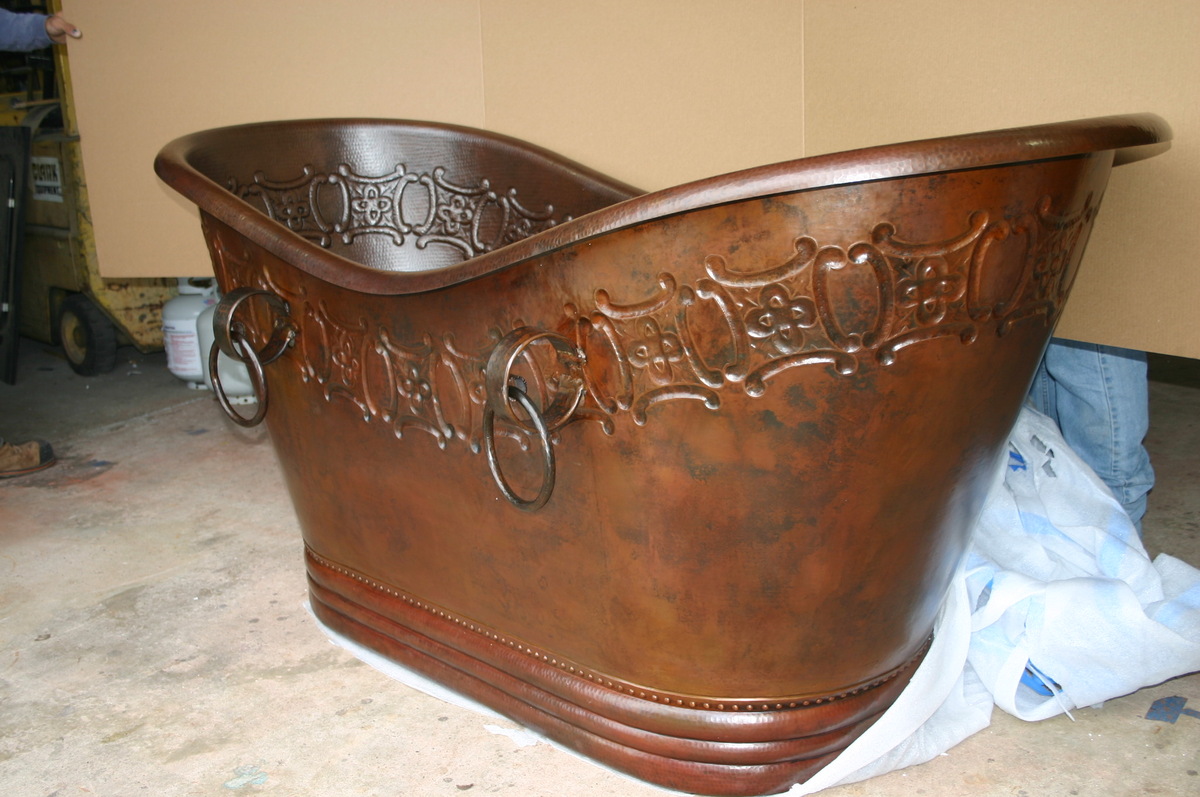
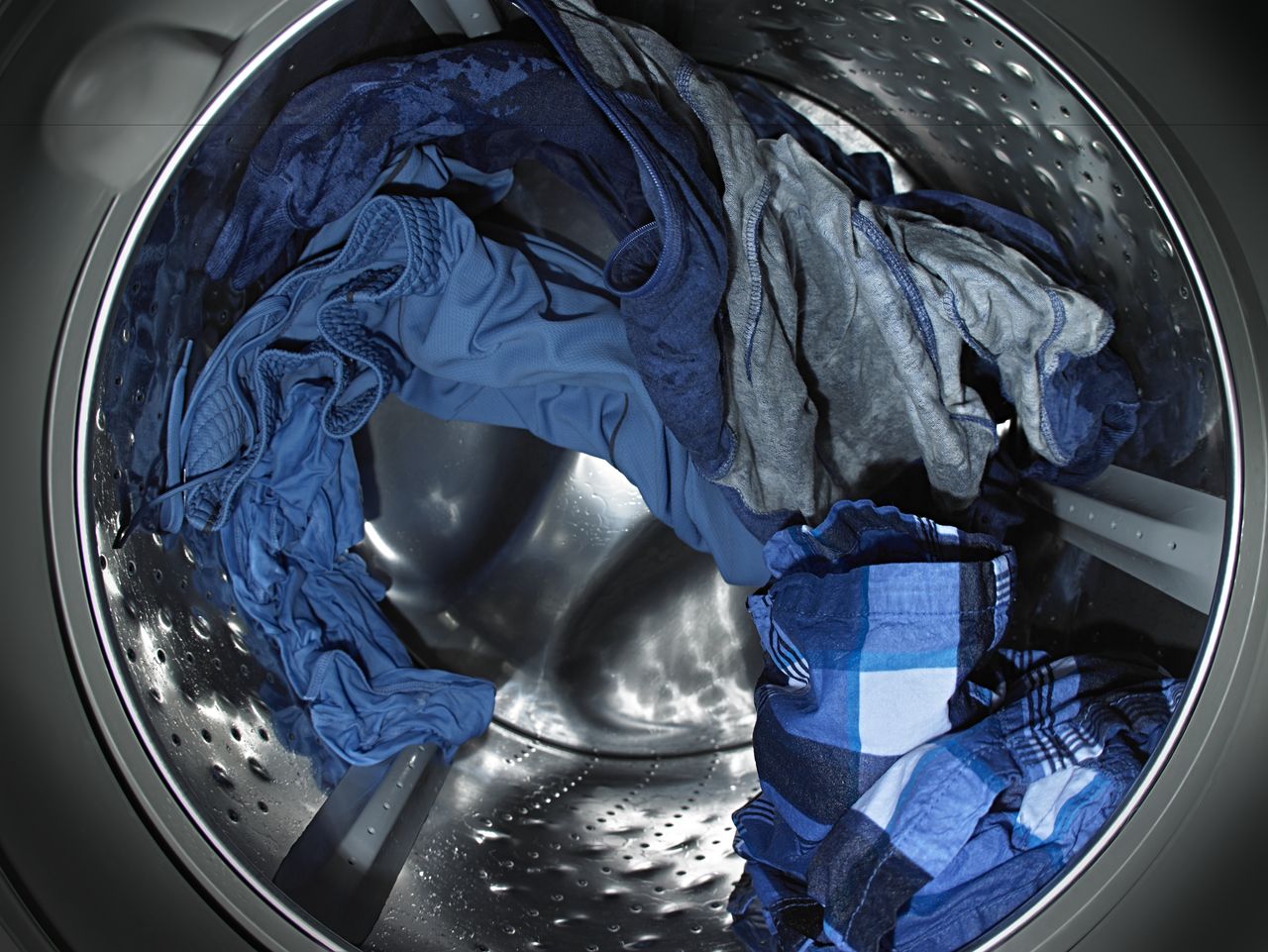
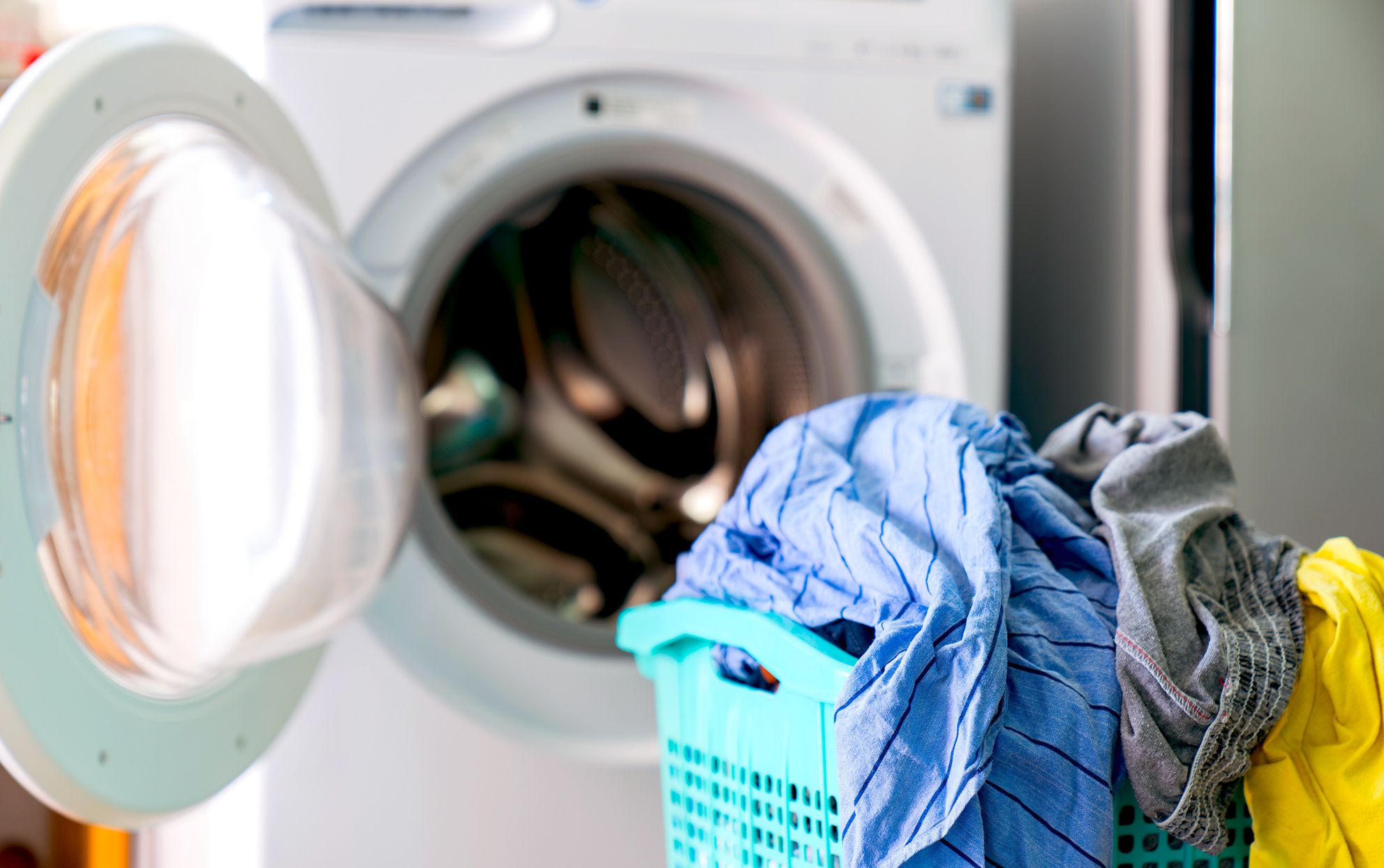
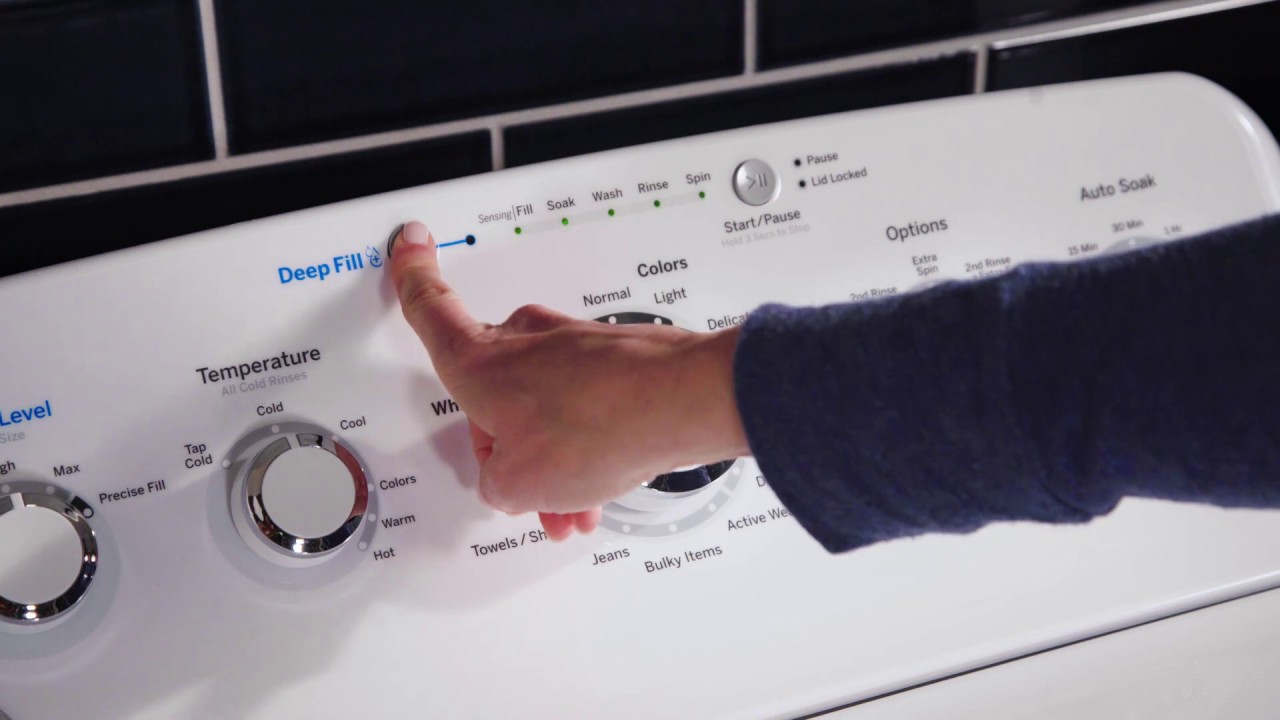
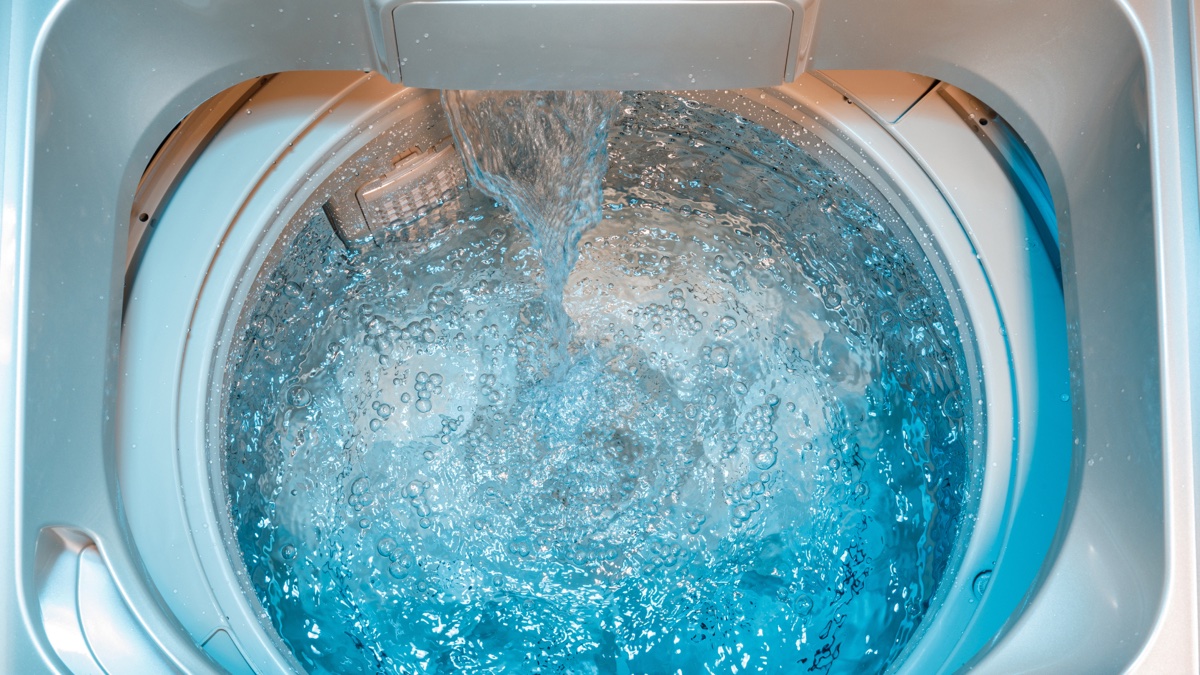

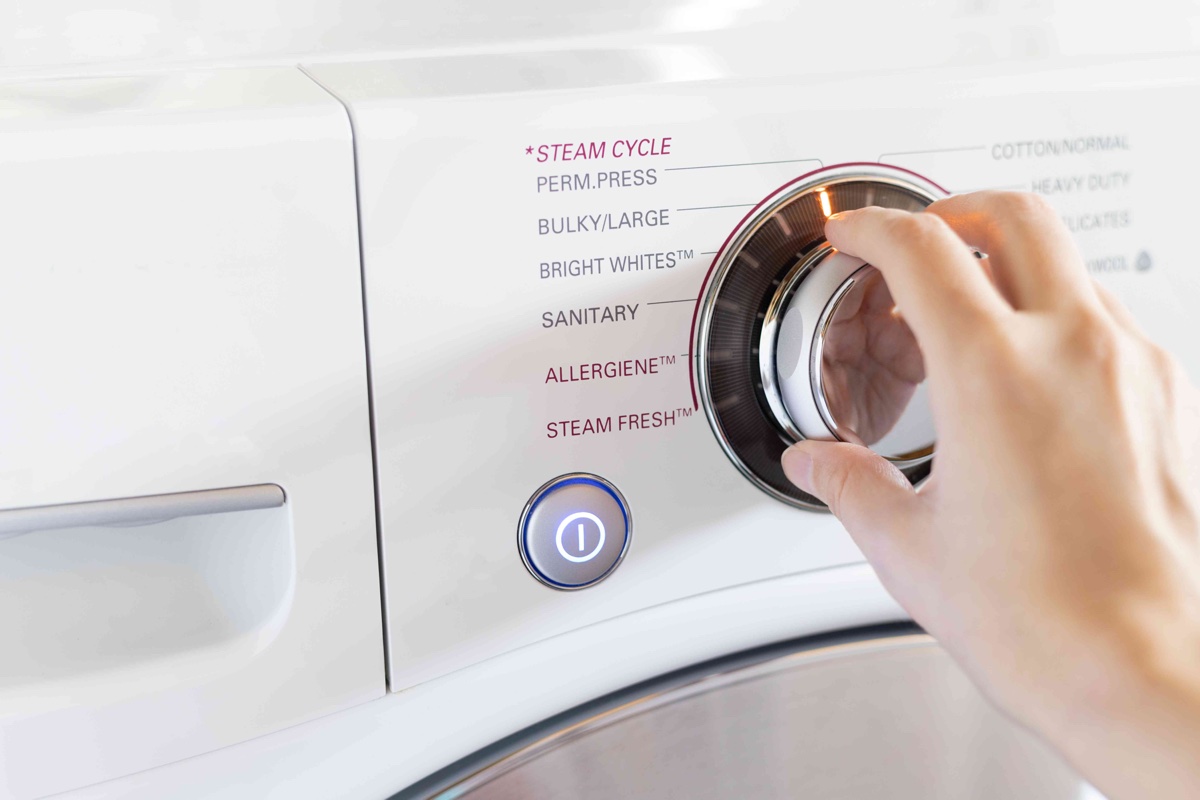
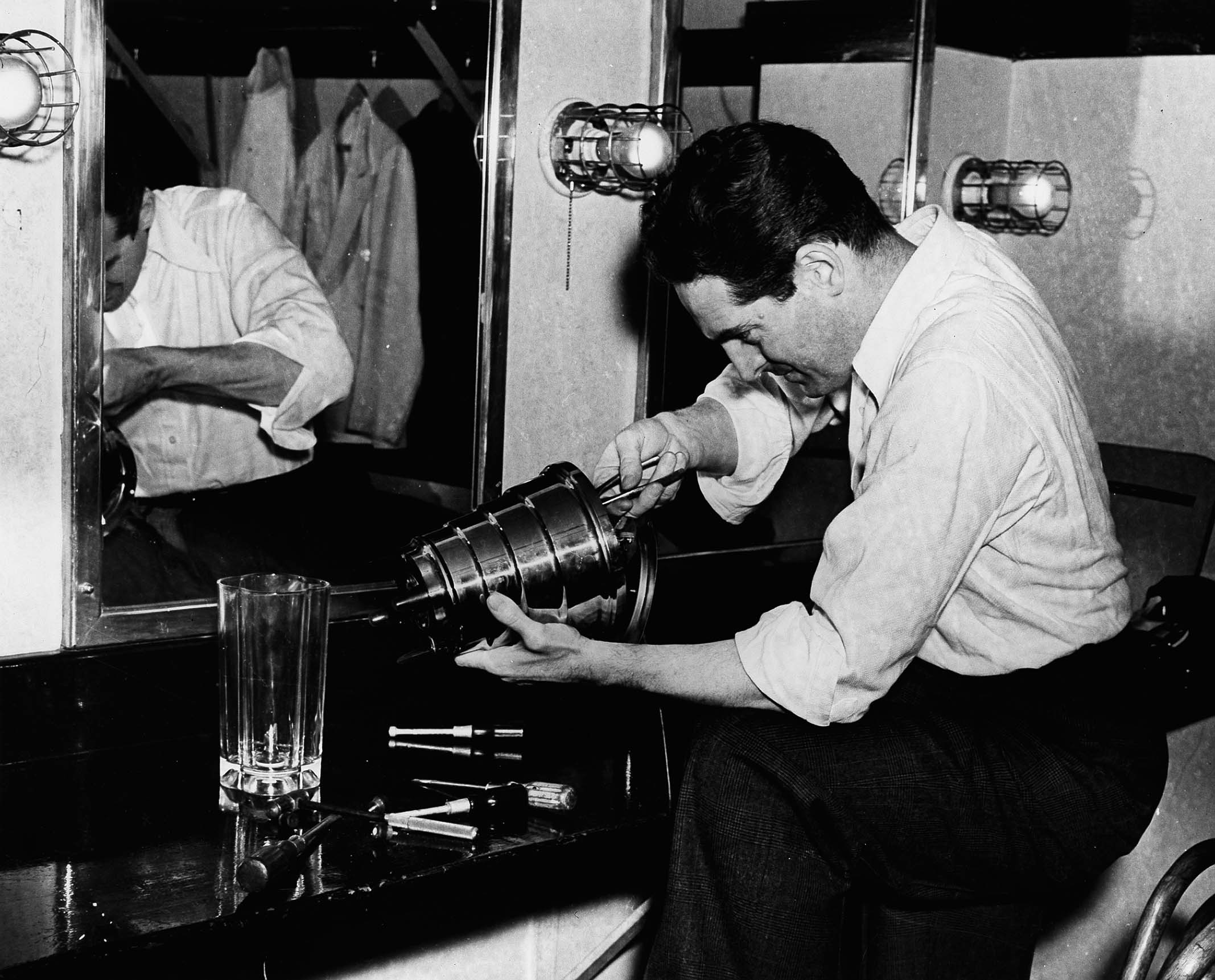





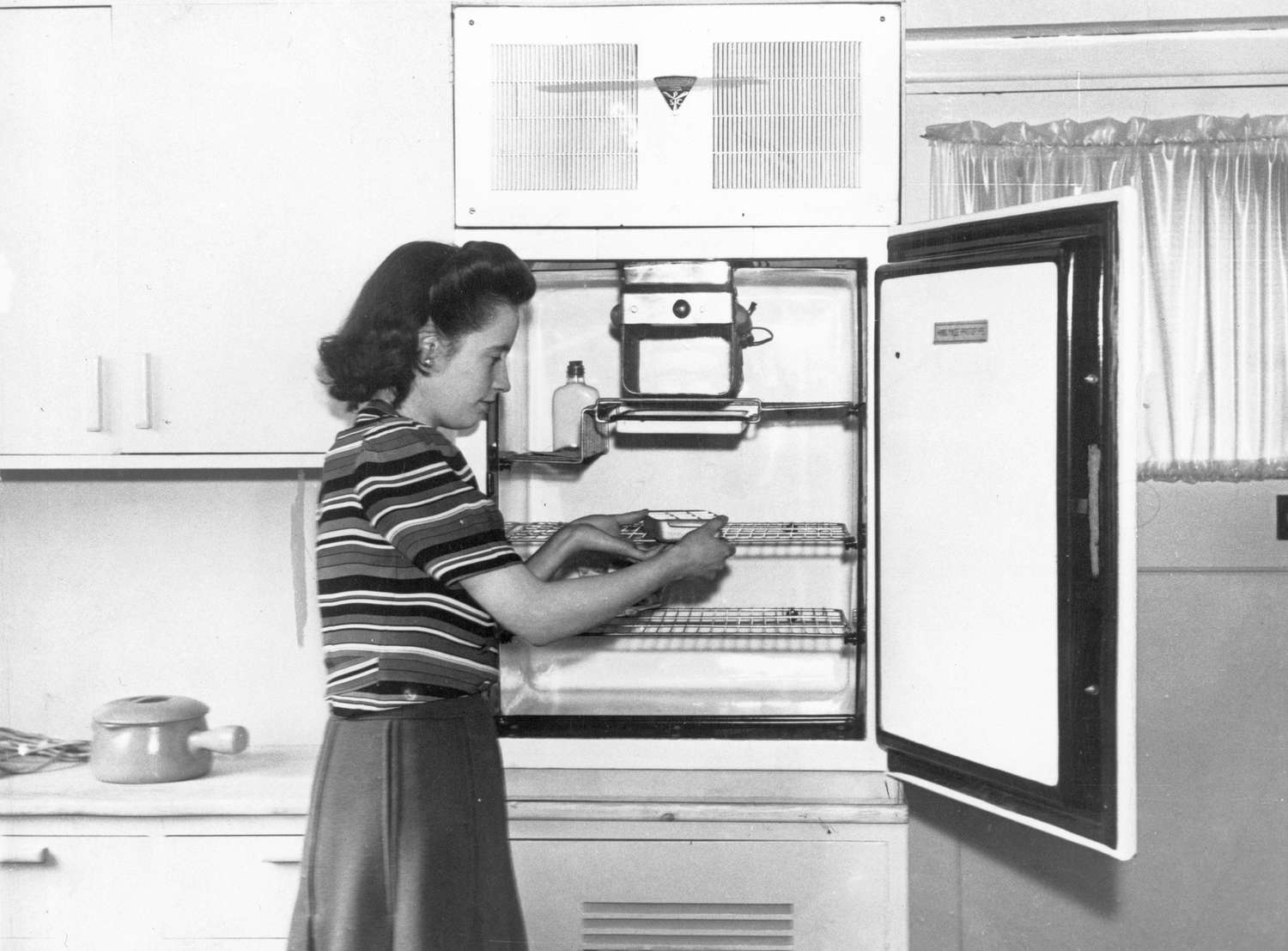


0 thoughts on “When Was The Washing Machine Invented In 1920”